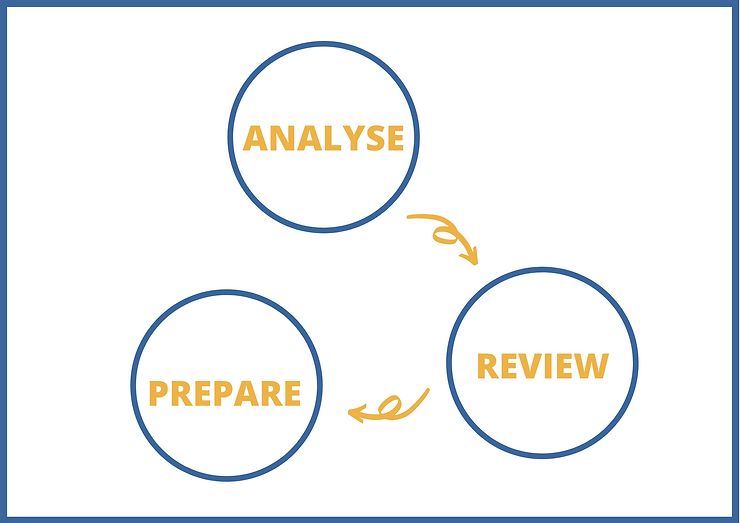Steps to prepare for an Open-Book Exam
- nishthajainwork
- Nov 22, 2020
- 2 min read

Give yourself plenty of time to prepare for your open-book exam. Follow these steps to prepare efficiently and effectively.
Step 1: Understanding expectations & exam framework
Make sure you understand expectations for the exam and that you clearly understand the exam framework:
At what time will you have access to the question paper?
How much time will you have to write the exam?
What types of questions will be on the exam? E.g. multiple choice, short answer, synthesis, application, etc.
What materials are you allowed to consult? All course materials? Google? Outside research articles?
How can you ask for clarification, if you need it, once you’ve started writing?
Who do you need to contact in case of a technical glitch?
Step 2: Review the course objectives and themes
This is a great place to start setting up a framework for organizing your notes, starting your review, and beginning to make connections between course ideas that will be important.
What are the major themes or topics of the course?
How is the course organized?
What have been the most important readings?
Can you sum up the main idea(s) or guiding principle(s) of the course?
As you take note of the objectives/themes/readings, start to think about connections between them – how does one lead into the next? How are they related to each other? How do they relate to the assignments you’ve done?
Consider creating some annotated index at this stage. This will help you quickly find the information you might need. During the exam, what matters is asking the right questions about the right problems and quickly finding the right information to solve it!
Step 3: Prepare study notes
This is the bulk of your open-book exam prep, but completing the previous steps will make this step easier!
· Start by preparing good study notes from the lecture notes/slides, course readings, and other course materials. If it is a “formula-heavy” or “definitions-heavy” course, you may only need to record the key formulas.
Organize your notes based on the course organization: themes, units, systems, modules, etc.
Identify the type of material you need to understand: concepts or theories, processes, equations, data trends, etc.
Summarize and synthesize content using charts, tree diagrams, concept maps, reference or equation sheets, index cards, etc.
Tip: Don’t count on having time to look everything up! You should be able to verbally summarize important lectures or chapters in your textbook without your notes. Know your basic facts, concepts, and definitions by heart.





Opmerkingen